Sligo, Republic of Ireland
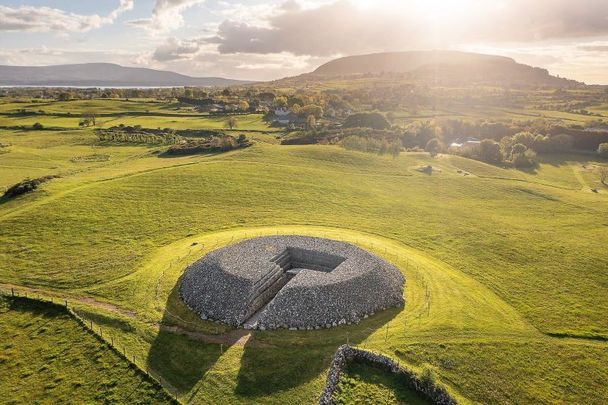
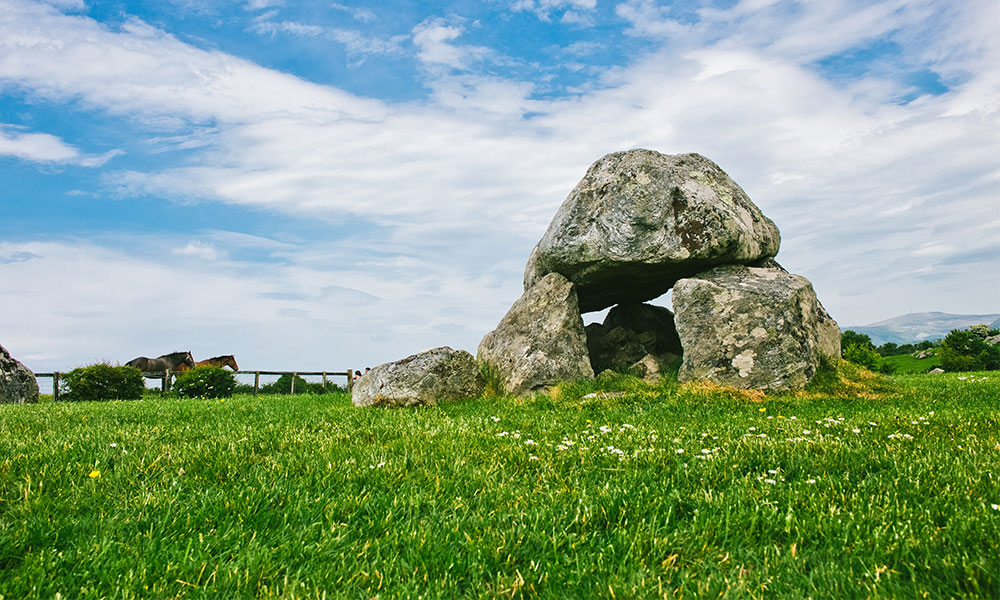

Scattered across the hills in the quiet countryside of County Sligo (Northern Ireland) are a series of tombs 5,000 years old and filled with mysteries.
There are dozens of megalithic mausoleums built into caves in the Carrowmore Megalithic Cemetery. On the tombs there is only a small hole in it. It is not known who is buried in these special graves.
After driving up the Bricklieve Mountains, you can park your car and walk half an hour to get stunning 360-degree views of Sligo’s rolling green fields.
Paris, France
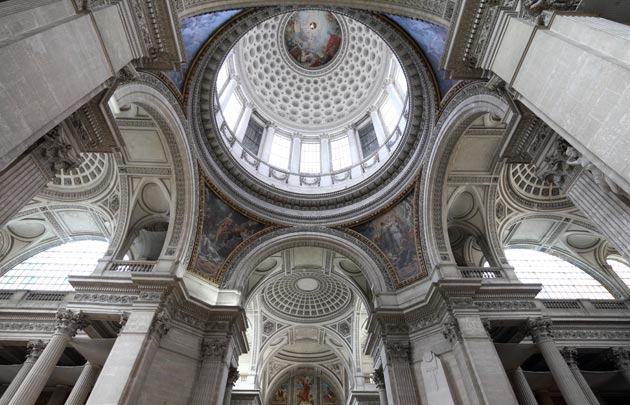
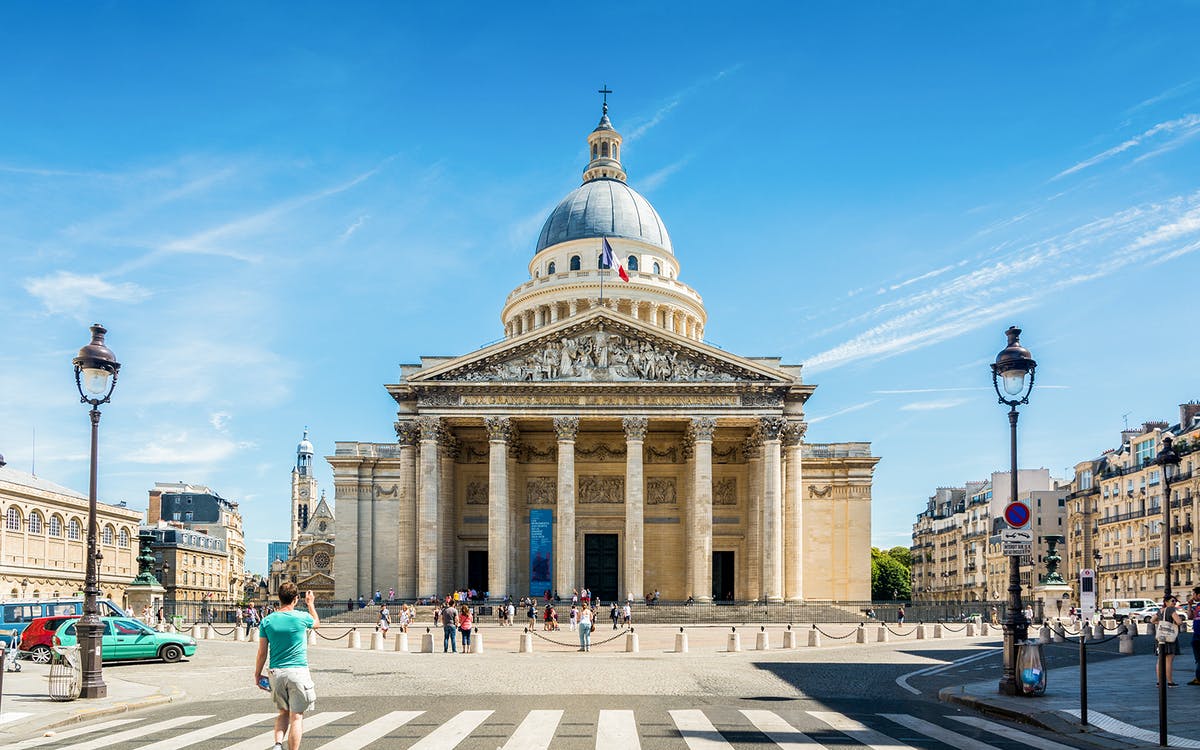
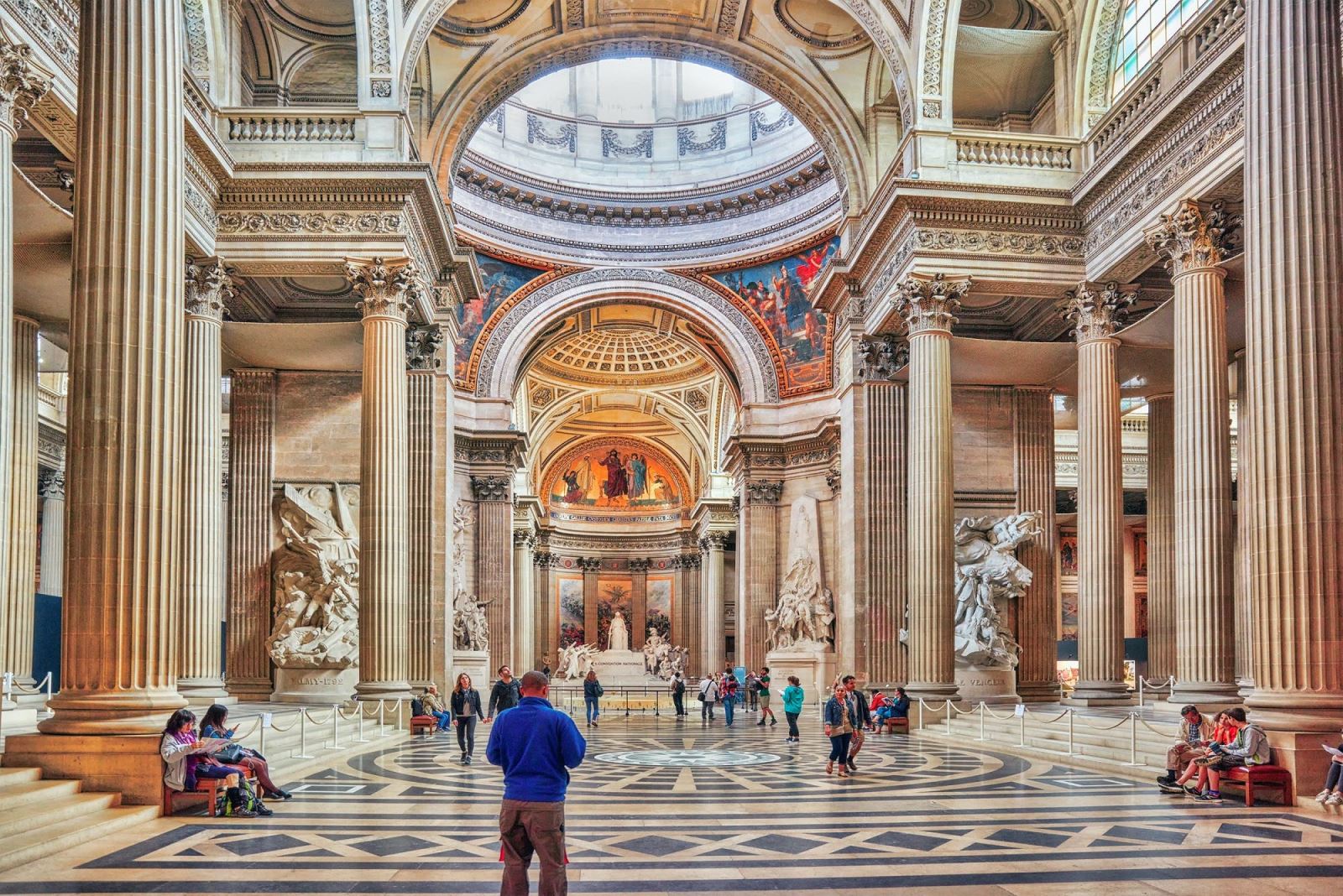
With its giant dome, fronted by towering columns and decorated with marble, the Pantheon is one of the most photogenic tourist attractions in Paris.
Because the project was completed during the French Bourgeois Revolution, it was not used for religious purposes but was converted into the Panthéon, a “temple of the Fatherland” – a place to store the ashes of people. great of France, which traditionally remembers and honors them.
With majestic architectural beauty and a place to witness many outstanding events in French history, the Panthéon is one of the most meaningful and valuable works, not only of Paris, but of the whole of France. has gone through so many ups and downs.
Hong Kong, China

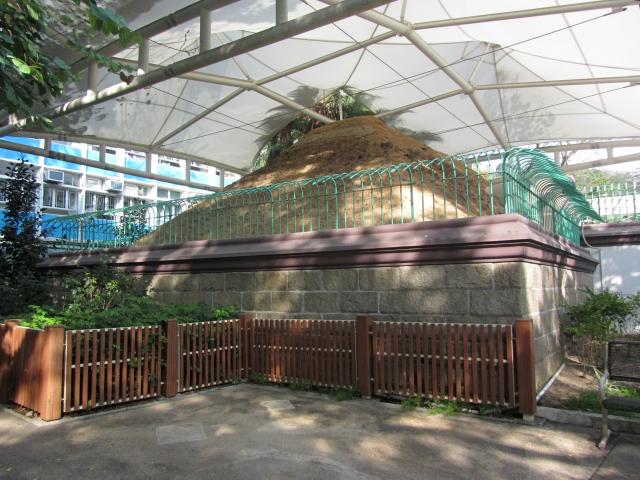
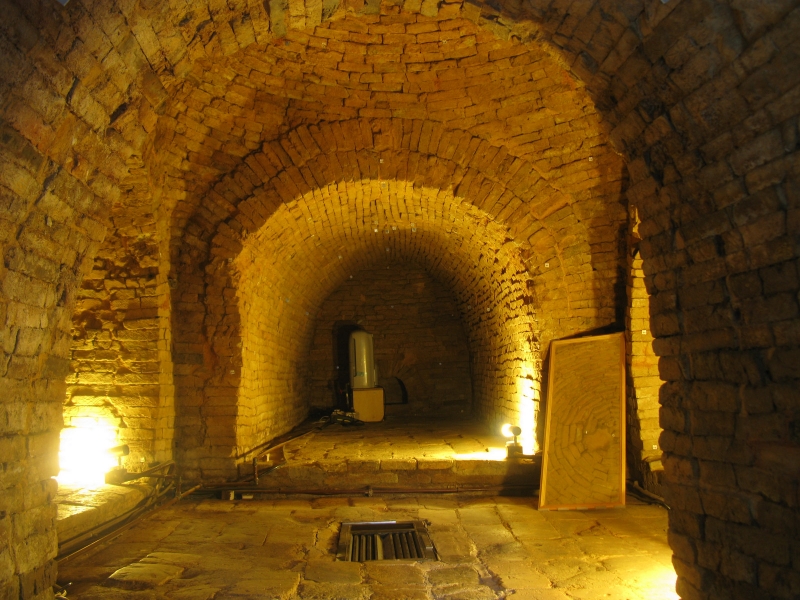
Ly Trinh Oc’s tomb has existed for 2,000 years and has been covered by jungle. The tomb was discovered in 1955 and has since been studied by scholars.
Based on the structure, writing and content of the inscriptions on the tomb bricks, archaeologists believe that this tomb dates back to the Eastern Han Dynasty (25 – 220 AD). Then in 1988, it was declared a memorial. The tomb is closed for conservation reasons, but visitors can still see inside through a glass panel at the entrance. You can enter and exit the museum for free and it will take about 20 minutes to visit the entire museum.
Seoul, South Korea

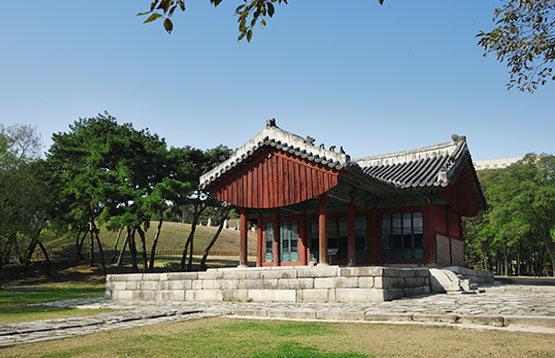
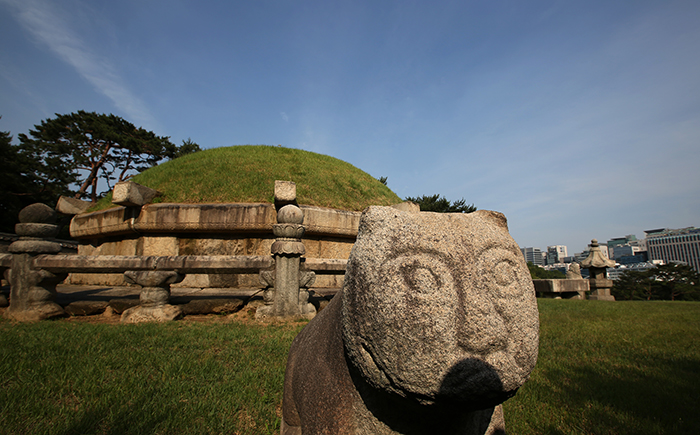
At first glance, visitors think the green mounds in Seonjeongneung Park are just decorative hills. Then you’ll realize that inside those grass-covered mounds are the mausoleums of royal figures from Korea’s Joseon Dynasty (1392-1910).
This is the tomb of King Seongjong (9th king of the Joseon Dynasty), Queen Jeonghyeon (2nd wife of King Seongjong) and their son King Jungjong. This area is open to visitors, so it has become an ideal strolling place in Seolleung for everyone. Thanks to its eye-catching natural scenery and unique architectural style, Seonjeongneung Royal Tomb has become an important UNESCO cultural heritage in Korea.
Delhi, India
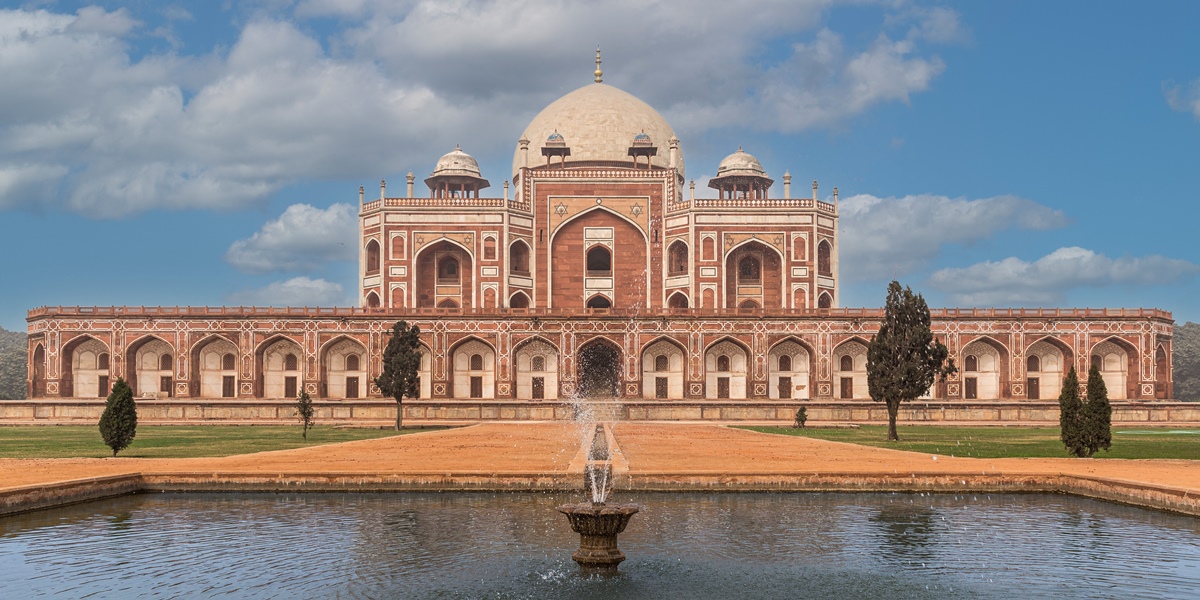
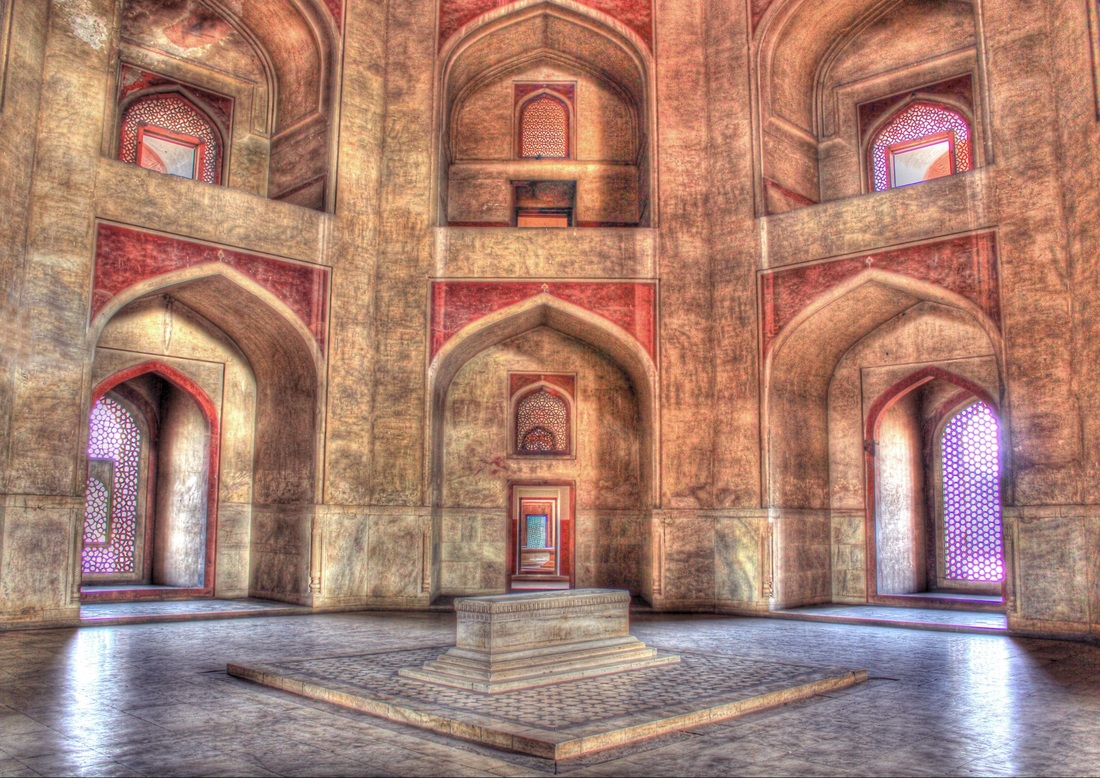
Without Humayun’s Tomb, there would be no Taj Mahal. This massive 16th-century mausoleum in the Indian capital houses the remains of dozens of leading figures of the Mughal Empire and is one of Delhi’s top tourist attractions.
With its interesting combination of domes, minarets, columns and arches, Humayun’s Tomb pioneered the Mughal architectural style. This mausoleum was later used to design important structures across the subcontinent, most notably the Taj Mahal.
The Taj Mahal is located next to the Yamuna River in the city of Agra, in the northern Indian state of Uttar Pradesh. The temple was built between 1632 and 1648 by order of Mughal emperor Shah Jahan in memory of his wife. The Taj Mahal mausoleum is also the final resting place of Mughal Emperor Shah Jahan and Queen Mumtaz Mahal.
Yangon, Myanmar
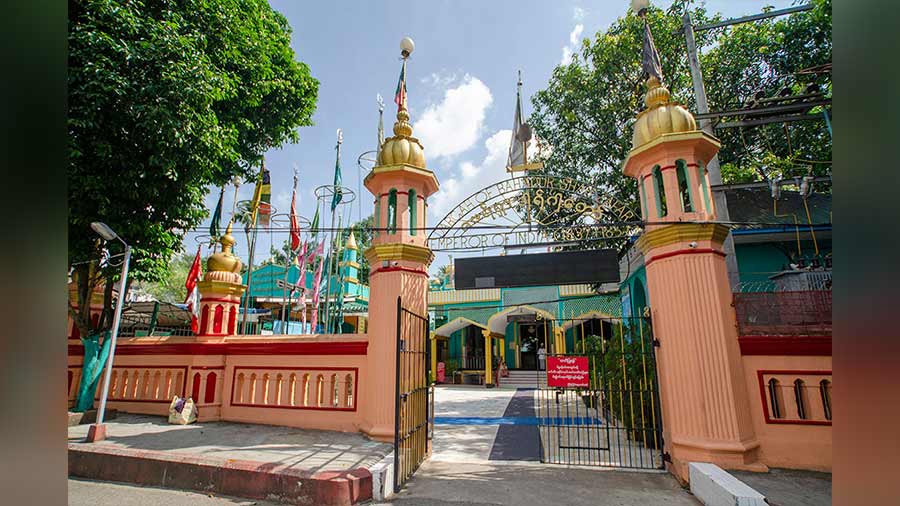
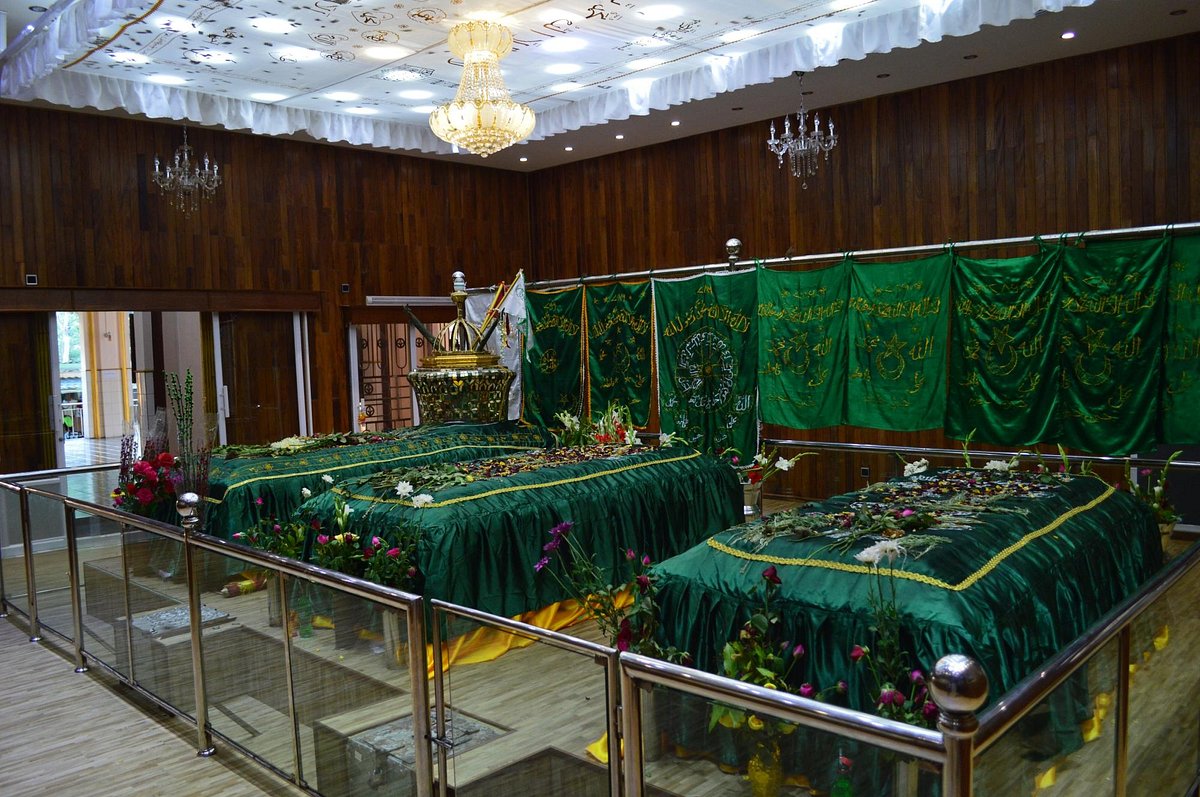
Covered in silk and strewn with fragrant flower petals, the mausoleum of India’s last Mughal emperor is a place of pilgrimage for Indians, Muslims and others interested in the history of the Raj.
Bahadur Shah Zafar II, a talented Urdu poet, was exiled to Yangon (then called Rangoon) with his wife (who is also buried there) and family in 1858 after the failed Sepoy Rebellion in Delhi. He died four years later in November 1862.
Hanoi, Vietnam
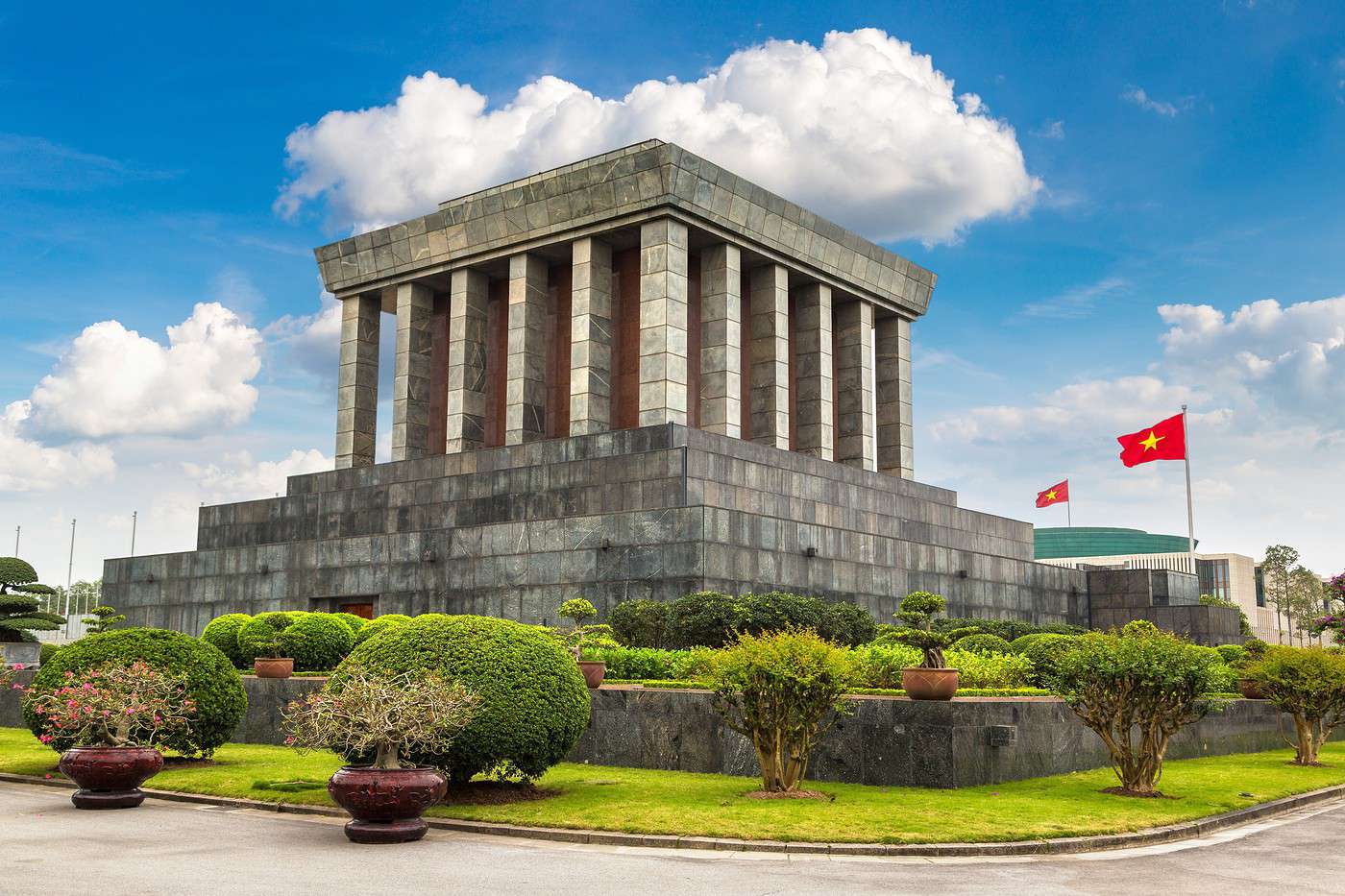
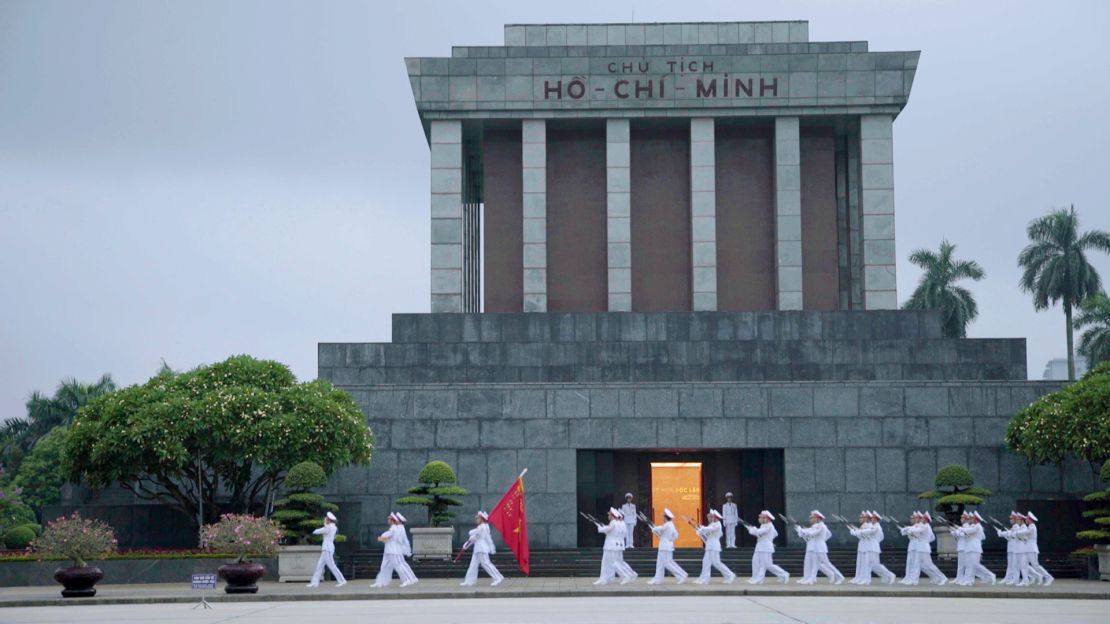
President Ho Chi Minh’s Mausoleum also has many other names such as Uncle Ho’s Mausoleum, Uncle Ho’s Mausoleum, and President Ho’s Mausoleum. This is where the body of President Ho Chi Minh is located and is a place for people across the country and international tourists to visit the great leader of the Vietnamese people and outstanding cultural celebrity of humanity.
Uncle Ho’s mausoleum is located at 2 Hung Vuong, Dien Bien ward, Ba Dinh district, Hanoi city. The mausoleum was built at the location of the old platform in the middle of Ba Dinh Square, where President Ho Chi Minh read the declaration of independence giving birth to the Democratic Republic of Vietnam.
Uncle Ho’s Mausoleum is a historical work of great significance, expressing the deep feelings of the Vietnamese people towards the great leader. This is a cultural and historical symbol of the capital and a tourist attraction visited by a large number of domestic and international tourists every time they have the opportunity to come to Hanoi.
Rabat, Morocco

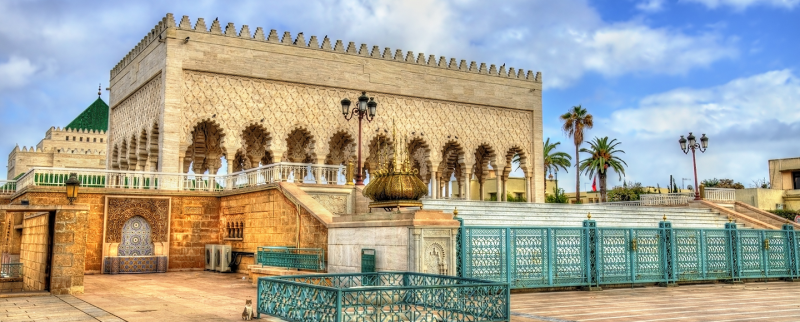
The beautiful mausoleum of Mohammed V in Rabat, Morocco is considered by experts to be one of the most beautiful architectural works in Morocco to date and can be considered a symbol of Rabat, but it was built by a Vietnamese architect is Mr. Eric Vo Toan.
The splendid Moroccan-style project was built in 14 years with the participation of over 400 Moroccan workers patiently grafting each marble. The mausoleum is a typical mausoleum architectural work of the 20th century, highly appreciated and the pride of the Moroccan people, considered the soul of the nation.
Kuala Lumpur, Malaysia
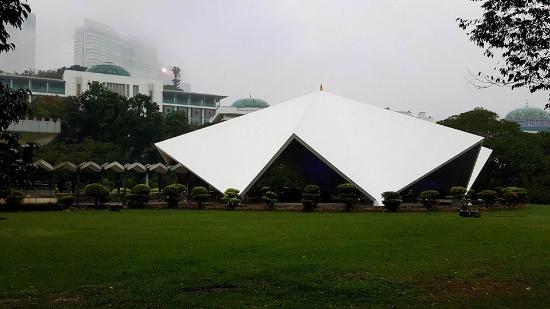
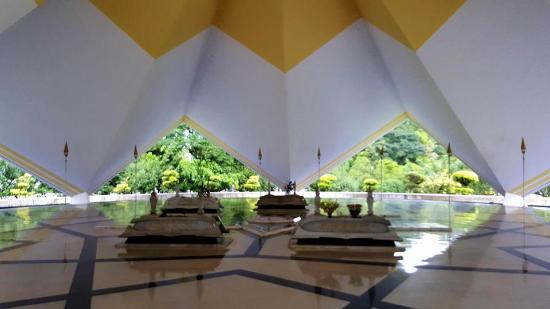
Known as the Mausoleum of National Heroes, this open-air tomb has a giant umbrella-shaped roof in white and yellow.
Amid the shimmering marble floor are four stone coffins containing the remains of Malaysian political leaders. The lush landscaped garden at the rear adds color and visual appeal to this majestic mausoleum.
Rome, Italy
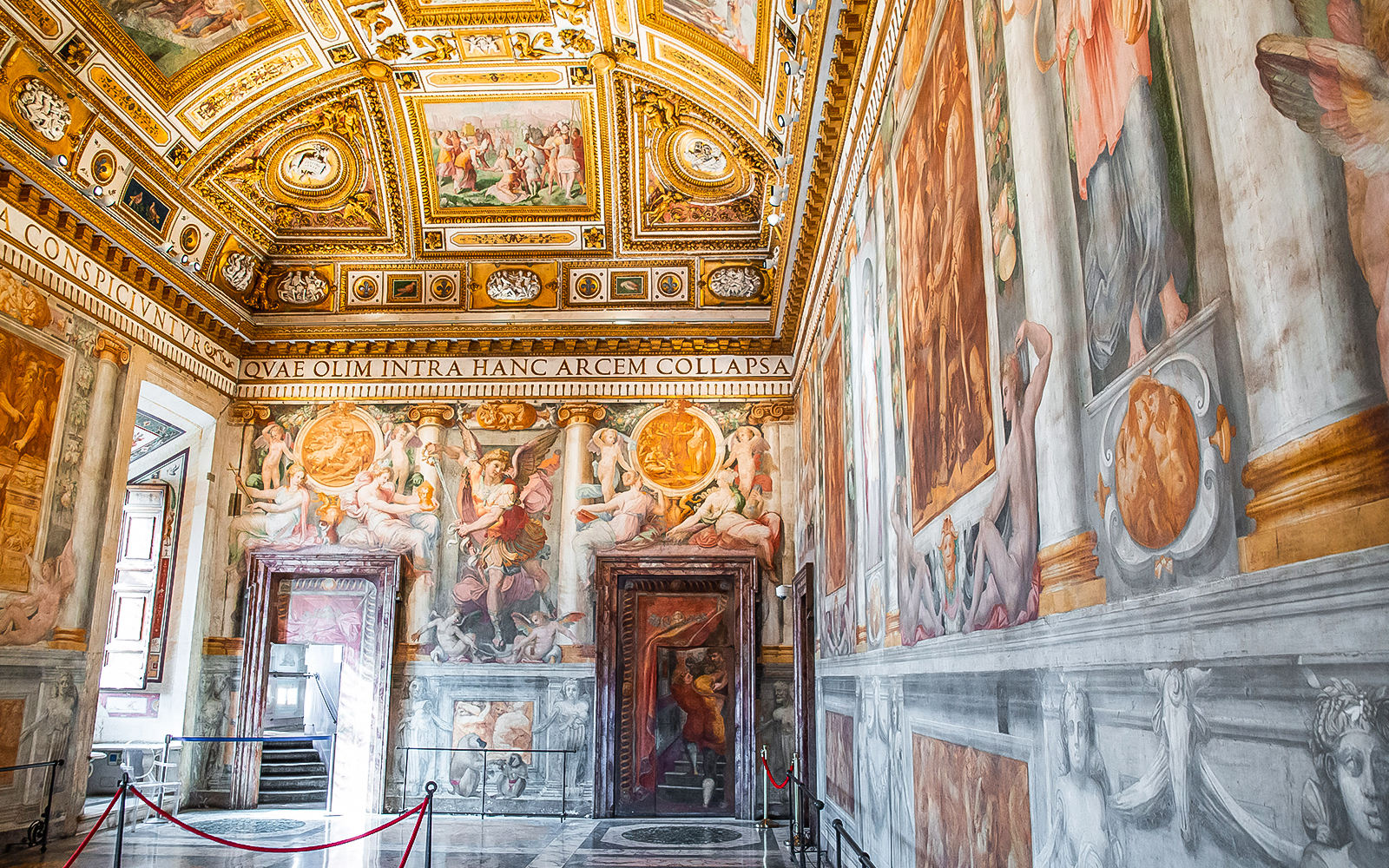
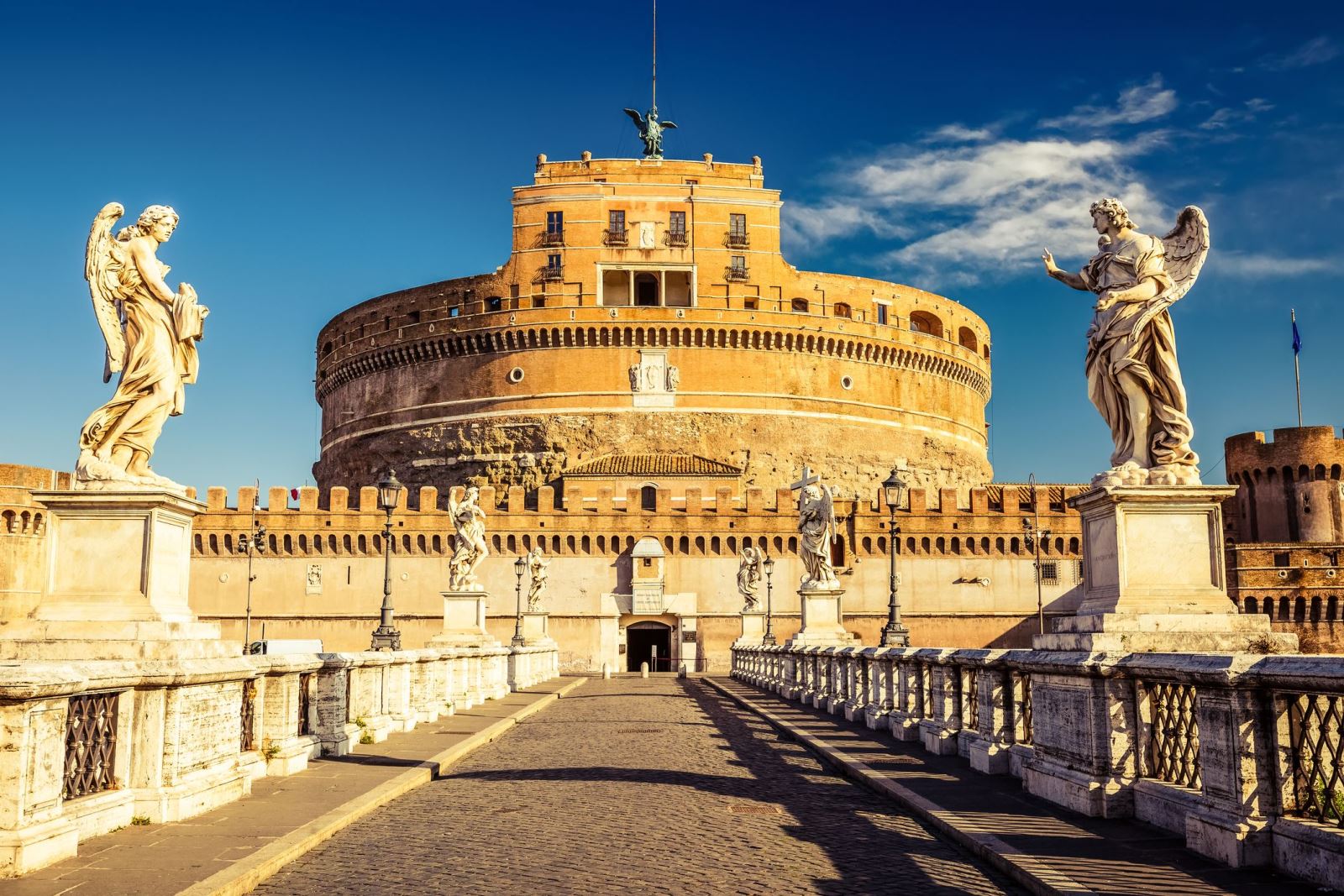
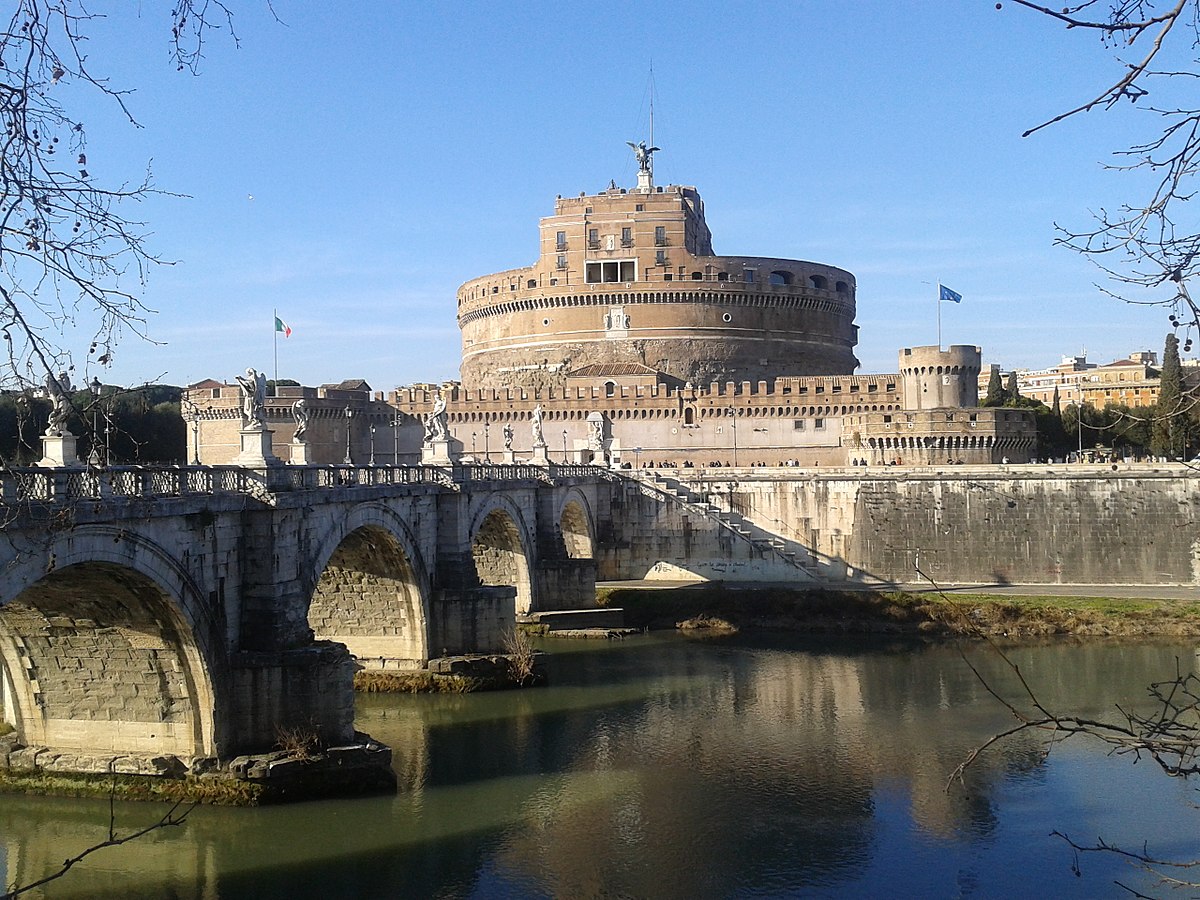
Castel Sant’Angelo (castle of angels), a monumental castle towers over downtown Rome, almost eclipsing neighboring Vatican City. This circular building on the north bank of the Tiber River was built nearly 1,900 years ago as the mausoleum of Roman Emperor Hadrian.
In the 5th century, it was converted into a fortress and later became a refuge for popes who escaped from Vatican City during times of conflict.
Now this is a tourist attraction. Castello St Angelo castle consists of five floors, each floor is a winding road. On the second floor of the castle there are prisoner cells and the third floor is a military command post. The fourth floor of the building contains lavish works of art and beautiful, delicate and beautiful frescoes. On the fifth floor is a large terrace where you can see the entire charming and peaceful city of Rome.




